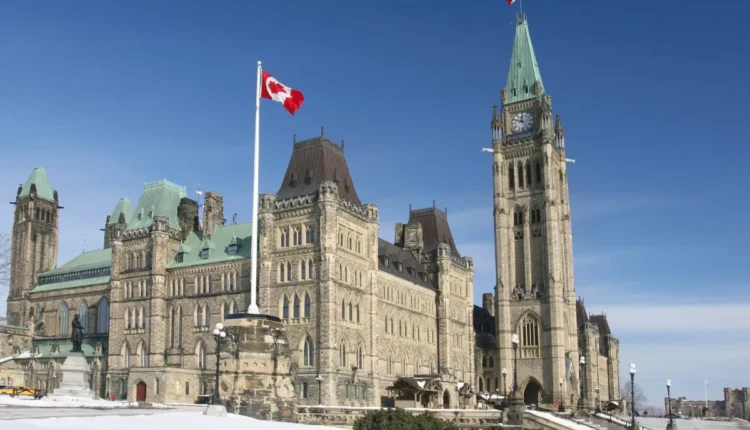Canada to stabilize immigration levels by 2024
Canada's Immigration Blueprint: A Balanced Approach for 2024-2026
Canada : In response to the strain on housing and public services, the Canadian government has unveiled a comprehensive immigration plan for 2024-2026. Immigration Minister Marc Miller presented this groundbreaking strategy, which focuses on stabilizing the intake of new permanent residents, ultimately addressing housing challenges and sustaining Canada’s economic growth.
Canada: A Strategic Pause for Stability
The newly announced plan proposes a pause in the growth of new permanent residents, setting the target at 500,000 for 2026. However, the road to this stability involves a gradual increase in the targets for 2024 and 2025, reaching 485,000 and 500,000, respectively. This strategic pause comes after escalated immigration targets, which set records for the admission of permanent residents in both 2021 and 2022.
This policy of increased immigration has faced scrutiny due to the challenges posed by a national housing shortage and the demand for more affordable housing options.
Minister Miller acknowledged the dual nature of the situation, recognizing the vital role immigrants play in bolstering Canada’s economic development and acknowledging the need to manage their effect on the nation’s infrastructure, including housing.
“These immigration levels are designed to contribute to Canada’s economic and demographic expansion while also tempering the pressure on essential services like infrastructure and housing,” emphasized Minister Miller during a recent news conference on Parliament Hill.
The Economic and Demographic Balancing Act
The Royal Bank supported the pause in targeted immigration levels, acknowledging the housing challenges and eroding public support. They noted that Canada would require immigrants in the long term to stabilize the age structure of the population.
While the annual immigrant intake of 1.3% of the population may seem adequate, the country’s top lender pointed out that about 2.1% immigration is necessary for the population’s age structure.
Canada’s population growth, mainly fueled by immigration, has significantly contributed to economic growth in recent years. However, some economists have blamed immigration for worsening the country’s housing shortage, even though some immigrants work in industries like construction, currently facing a labor shortage.
Immigration has been both a driver and a brake for inflation in Canada, affecting the overall cost of living. While more consumers increase demand, pushing up prices, immigrants entering the workforce also help keep labor costs in check.
Canada’s population grew at its fastest pace since 1957 last year, placing it among the top 20 fastest-growing countries globally, according to Statistics Canada. This population growth offsets the effects of aging residents retiring, adding to healthcare costs.
However, an increasing number of newcomers have opted to leave Canada between 2016 and 2019, posing a challenge to a country heavily dependent on immigration for population and economic expansion.
A study conducted by the Institute for Canadian Citizenship (ICC) and the Conference Board of Canada revealed that there was a “record spike” in the number of immigrants leaving, likely due to issues like the lack of housing, healthcare, and other services.
Balancing Economic Growth, Humanitarian Efforts, and Francophone Communities
The 2024-2026 Immigration Levels Plan highlights several key objectives:
- A continued long-term focus on economic growth, with over 60% of permanent resident admissions dedicated to the economic class by 2025.
- A commitment to uphold the Government of Canada’s humanitarian tradition by responding to humanitarian and geopolitical crises worldwide.
- Ambitious Francophone immigration targets to support Francophone communities outside of Quebec, representing 6% of total immigration in 2024, 7% in 2025, and 8% in 2026. This initiative aims to strengthen Francophone communities outside of Quebec and ensure the economic prosperity of Francophone minority communities across Canada.
Quebec’s Unique Immigration Targets
Quebec, the only province in Canada with the authority to shape its annual permanent resident admissions targets, has also tabled its immigration plan for 2024 and 2025. Quebec, with its special status in Canada, aims to welcome 50,000 new immigrants in 2024 and another 50,000 in 2025, preserving its distinct Francophone character.
Also Read : Great UK Immigration Health Surcharge to Surge by 66% in 2024

